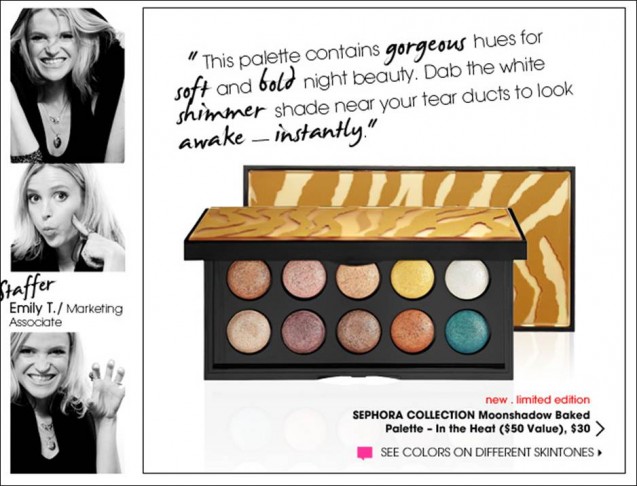My friend Andreas over on the product team at WordStream is fond of saying, “Make it spicy,” as in, “Here’s some dry, descriptive copy of what this tool does. I’ll leave it up to Marketing to make it spicy.”
Depending on your industry, the right level of “spiciness” can be difficult to achieve. For example, it’s a little harder to write exciting copy about B2B search engine marketing software (which is how I spend a lot of my time) than it is to write about hot, new summer sandals or consumer gadgets. Still, you can almost always add a little bit of spice to bring your content to life.
Here are seven ideas for livening up your email copy and design.
1. Use Analogies
An analogy is a way of comparing one thing to another, usually with the purpose of making that concept easier to understand or illuminating some aspect of it, such as telling a search engine newbie that Google is the new Yellow Pages. Recently, Perry Marshall sent a webinar invitation that opened with this analogy:
Facebook is a sexy, blue motor scooter with a top speed of 35mph.
Twitter is a radio-controlled model airplane.
Direct mail is an olive green military jeep.
TV is an Oldsmobile sedan; radio is a Dodge Charger.
But AdWords is a Ferrari. Absolutely far and away the most sophisticated direct marketing machine, ever.
He goes on to say that the problem with driving a Ferrari is if you don’t know what you’re doing, you end up with “a very expensive wreck.” Fun analogy, right? I immediately think of Cameron in Ferris Bueller’s Day Off sending the Ferrari into a gulch or the scene in Risky Business where Tom Cruise tries to stop his dad’s Porsche from sinking into the lake.

2. Make a Reference
See above! References to well-known, pop culture stuff (e.g., movies, music, TV) are usually safe, but, of course, consider your audience demographics (age, gender, etc.), because you don’t want half of your readers to feel left out of the joke. Trada recently opened a webinar invitation with the line, “Defeat does not exist in this dojo!” They generally use a cheeky, slightly in-your-face tone in their email messaging, so this Karate Kid reference works.
3. Personalize the Subject Line
I really love the new weekly email Twitter has started sending out. I recently got one with the subject line “AJ Kohn, The Rumpus, and 57 others have Tweets for you.” Compare that to the subject line on a recent email from Pinterest with the subject line “Your Pinterest Recommendations.” Twitter’s subject line is much more specific and personalized.
4. Include a Tip
If you want people to open and read your emails, be sure you answer the question, “What’s in it for them?” Your clients will love your emails if you teach them something instead of just pushing your products. Check out this “Staff Picks” email from Sephora, for example:

5. Use Video
Brendan Cournoyer at Brainshark recently shared some pretty compelling numbers around using video in email marketing:
“According to [Experian’s] 2012 Digital Marketer Benchmark and Trend Report, simply including the word “video” in an email’s subject line saw an increase of 7%-13% in overall click-through rates in 2011. Furthermore, embedding a video in an email itself turned in an average conversion rate that was 21% higher than emails containing a static image alone.”
One way to leverage video in email is to create a “trailer” for a webinar or other event.
6. Use Animation
I just got emails from both J.Crew and Anthropologie that included animated GIFs of fireworks. Fancy!
7. Use Illustration
This email from Uncommon Goods, recently featured in a post on HubSpot, uses illustration along with images to tell a story with a cute, DIY feel:

It almost feels closer to a hand-drawn card than a corporate email.
As always, test these techniques to see if they work with your audience. You may find that a change does your email metrics good.






![[SEO, PPC & Attribution] Unlocking The Power Of Offline Marketing In A Digital World](https://www.searchenginejournal.com/wp-content/uploads/2025/03/sidebar1x-534.png)